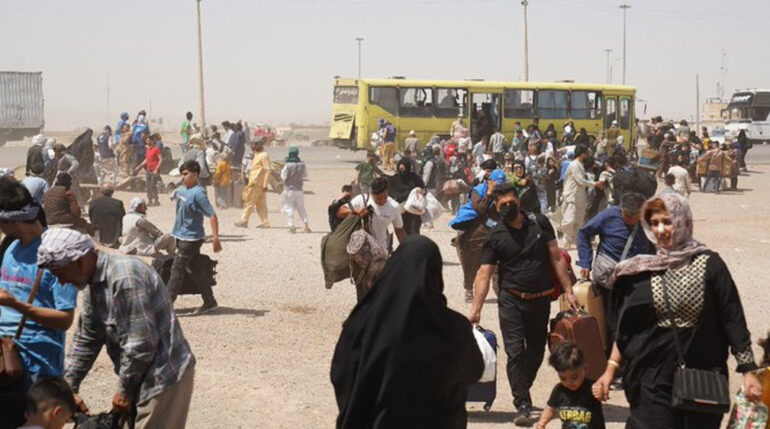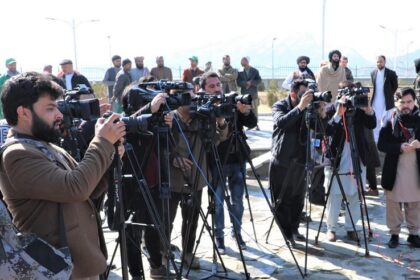RASC News Agency: Afghanistan is once again engulfed in overlapping humanitarian catastrophes. As thousands of families forcibly returned from Pakistan and Iran struggle to reestablish their lives, a powerful earthquake struck Kunar province on Sunday night, leaving hundreds dead, thousands injured, and tens of thousands homeless in the country’s already fragile eastern region. The Taliban-controlled Commission for Refugee Affairs announced on Tuesday, September 2, that in just one day Monday alone 2,735 families, comprising more than 16,300 individuals, crossed back into Afghanistan through border points such as Torkham, Spin Boldak, Angur Ada, Bahramcha, and Islam Qala. According to Bakhtar News Agency, which operates under Taliban control, over 11,300 returnees came from Pakistan, while nearly 5,000 were expelled from Iran within a 24-hour period.
Meanwhile, the UN High Commissioner for Refugees (UNHCR) expressed deep concern over the escalating crisis. The agency reported that since the beginning of this year, more than 2.3 million Afghanistani migrants have returned from Iran and Pakistan a figure that places unprecedented strain on Afghanistan’s already shattered economy and broken social infrastructure. This surge in forced returns comes after Pakistan set a strict deadline for undocumented Afghanistanis to leave its territory, while Iran has also imposed a September 5 deadline, threatening deportation and heavy penalties for those who remain. These policies have triggered mass expulsions, further swelling the flow of vulnerable families into a country ill-prepared to absorb them.
Compounding this humanitarian emergency, the earthquake that devastated eastern Afghanistan has flattened dozens of villages, particularly in Kunar. Reports indicate that at least 800 people have been killed, more than 3,000 injured, and thousands left without shelter, food, or medical care. Survivors now face dire conditions in makeshift camps, where international aid remains scarce and local support is hampered by lack of coordination and capacity. The convergence of these crises paints a grim portrait of Afghanistan’s humanitarian landscape. Families who have endured the trauma of forced displacement are now confronted with the ruins of an earthquake-stricken homeland. The situation places unbearable pressure on what remains of emergency aid systems systems further weakened by the Taliban’s inability and unwillingness to manage disasters effectively.
Observers warn that without immediate, large-scale, and sustained international intervention, Afghanistan risks sliding into one of the worst humanitarian calamities of recent years. The Taliban, while quick to make hollow announcements through its propaganda outlets, has proven incapable of delivering even the most basic relief. Its systematic exclusion of women from the workforce, its isolation from global institutions, and its diversion of resources for political and military purposes have left Afghanistan defenseless in the face of natural disasters and mass migration alike. In this bleak environment, international humanitarian organizations face the urgent task of bypassing the Taliban’s inefficiency and corruption to deliver aid directly to affected communities. For the Afghanistani people, particularly the returning refugees now struck by disaster, survival depends not on the promises of Kabul’s rulers but on the swiftness and integrity of global solidarity.






